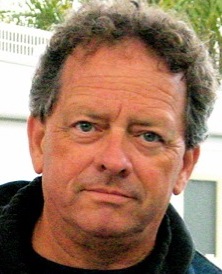Keeping Your Eye on the Marshmallow
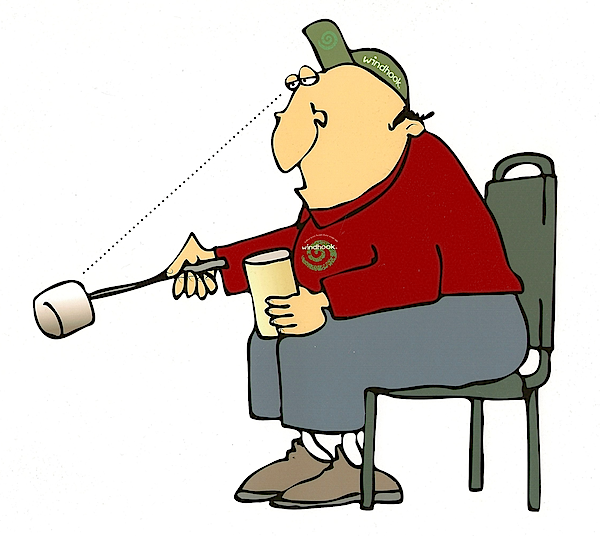 A while back, we were in LA for a visit, and got into a conversation with cousins about the challenges of keeping your focus as a creative. The focal point of this particular conversation was our Windhook project, which has been ongoing for over 8 years and has in recent times been stuck on high center for lack of construction funds. We have these conversations often, and they are always stimulating. They tend to run on for hours or days, starting and stopping and then picking up again as the dynamics of family gatherings allow.
A while back, we were in LA for a visit, and got into a conversation with cousins about the challenges of keeping your focus as a creative. The focal point of this particular conversation was our Windhook project, which has been ongoing for over 8 years and has in recent times been stuck on high center for lack of construction funds. We have these conversations often, and they are always stimulating. They tend to run on for hours or days, starting and stopping and then picking up again as the dynamics of family gatherings allow.
Sometimes, several different conversations cross paths. On this particular occasion, there had also been an entirely different discussion that involved marshmallows. Food is actually a more frequent topic even than art at these gatherings, and if we are not cooking or eating or ordering takeout from some ethnic restaurant, we are probably within minutes of a discussion of same.
I can't recall the details of the conversation about marshmallows, but it was not actually related to the discussion about keeping your creative focus. The two topics simply crisscrossed through the day's conversation. But a few weeks later, we got the image at the top of this article shipped to us, nicely mounted for hanging, from brother-in-law Marty Cohen. Marty had not actually heard all of either of the two conversations, but somehow, from the snippets of each, he had gotten the impression that the two conversations were connected. And so, the phrase "keep your eye on the marshmallow" was born. We have the marshmallow image hanging in a prominent place on our wall.
Keeping your eye on the marshmallow is not always an easy thing to do. You came into your creative space with high hopes, big dreams, and whatever talent and resources were at your disposal. If you are very, very lucky, your dreams have come true, your ambitions have been achieved, and your success is obvious, all coming off without a hitch. No? This is not your experience? We are not surprised. Dreams do come true, plans do work, but rarely as cleanly as anticipated. This article is about how to stay on track; the importance of focus; re-evaluating and adapting; and keeping your eye on your own unique marshmallow.
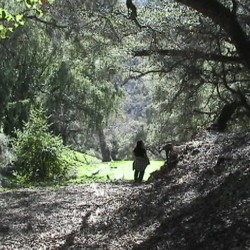
In order to stay on course, you must have a clear vision of what you are about. What is it that drives you forward day after day when your art is not showing, not selling, not noticed? There are times like this for everyone who steps outside the mainstream of paychecks and benefits and regular hours traded for security. Whether you are painting, or making music, or subsistence farming a 20 acre parcel, you are destined to face challenges that the 9-5 world insulates workers from. You will have those moments when it all seems insane and impossible. It doesn't matter how long you have been at it. It doesn't matter how many successes you have to your credit. Every day, every new project, every evolutionary step in your creative growth takes you back to square one. The reputation you have built with past successes does give you a leg up in finding venues, or book deals, or sponsors, but it also sets the bar for your next achievement. In last week's interview, YaYa Chou commented that she had gotten two grants, but that now that she was no longer considered an emerging artist, those were getting more difficult to get. The reality is that you must continually reinvent yourself to stay fresh in the world of creativity. It's the nature of the beast.
One of the most important things that we do, almost unconsciously sometimes, is to adjust. Creatives are masters of adjustment, partly because creativity inherently demands it, but also because we have to stay afloat in a world that would just as soon not notice our presence. This constancy of adjustment is both our greatest strength, and a potential trap. It's crucial that as you make adjustments, you keep your eye on your marshmallow. Adjustments that take you a step further in the path you have chosen are good. Adjustments that sidetrack you are not. And the difference isn't always obvious.
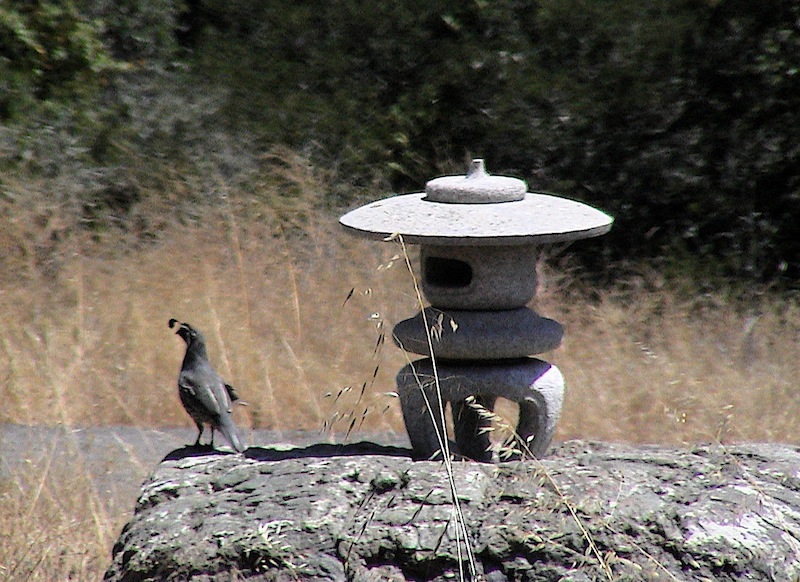
When we first dreamed up the idea of Windhook, and took concrete steps to put it out in the world, it seemed that the project was charmed. Everyone loved our idea for a studio retreat center in an idyllic rural setting where artists could gather to learn from each other and to share their creative energy. We found property, bought it, and began the detailed process of design, permitting, and construction. We were on track to complete construction and open the doors within five years of the inception of our vision. We reached the point of having grading, utilities, and foundations done just as catastrophe overwhelmed the world economy, and our building fund, in 2008. We were stunned when the realization sank in that there was not enough money to finish construction, and all the traditional funding sources had dried up. That was three and a half years ago now, and we have made numerous adjustments to try to bring construction back on line. Most of these adjustments have been focused on the lack of cash and how to rectify it in the midst of the worst economy of our lifetimes.
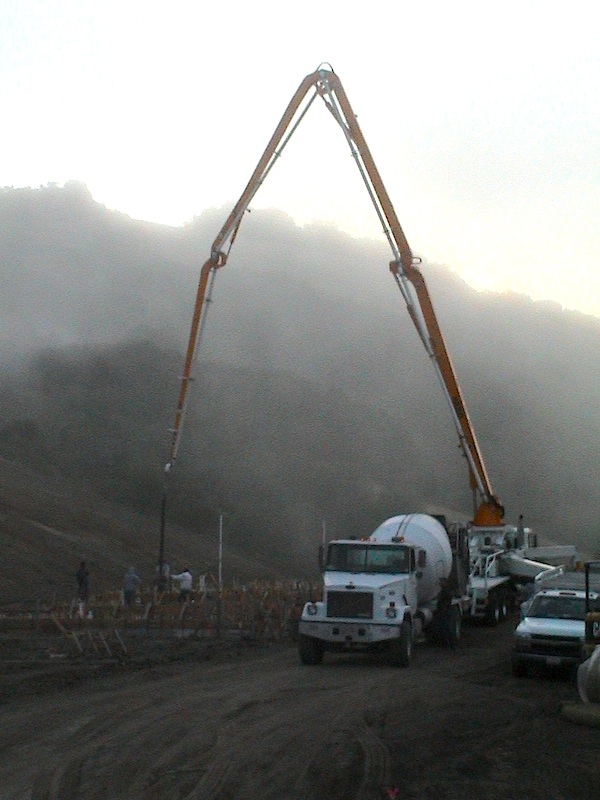
We have spent a lot of energy working on the Windhook business model, and have had countless formal and informal brainstorming sessions between the two of us and with trusted advisors. We have enrolled in business management seminars, consulted with consultants, and thoroughly polished the Windhook operations and business plans. On the advice and encouragement of several of these friends and advisors, we have made some of our best adjustments to push Windhook forward even while the construction path is still blocked. We have engaged the local art community more fully. You have read a little about one aspect of that engagement in our articles about the Phantom Project. I (Michael) have assumed the role of president of the local sculptors group, and am engaged in showing my own work publicly at an elevated pace. I am engaged in the arts locally at a level that supports the viability of the Windhook vision more fully than back when my focus was primarily on construction management. All of this engagement with the arts, and with showing work requires making lots of art. And this brings up a hidden distraction that turns out to be quite significant. This distraction is gone now, but was a problem during the early stages of Windhook development, back when everything seemed to be going so well. I was so busy with planning and construction related activities that I wasn't making art! For that period of time, and to some extent understandably, the immediate goal was construction rather than art. But in fact this is a really good example of one of those adjustments that seems good and logical but is actually a problem. Groundwork needed to be done, and while I was focused on construction, I was not taking the time to build the alliances and relationships and reputation that would be essential to open the doors successfully at Windhook.

But of all the adjustments that we have made, there is one that we feel is especially significant in pushing Windhook forward. That adjustment is this very journal that you are reading right now. Outside the Lines came to us at a moment when we were unsure how to proceed with Windhook. There was no money, and yet we knew that money was not the point of Windhook anyway. The core concept of Windhook has always been the community of creative people, sharpening each other, encouraging each other, feeding each other's creativity by our mutual engagement. Outside the Lines is precisely attuned to the core vision of Windhook. Outside the Lines is not about construction funds, or cash, it's about Windhook. Outside the Lines is clearly focused on our marshmallow. Of all the things we have done over the past three and a half years to put Windhook back on track, Outside the Lines is far and away, the most effective, fulfilling, and productive. And it has potential to actually make the crucial difference for Windhook itself.
There is a positive revenue stream from Outside the Lines. It's not a lot at this point, but it's a step in the right direction, and as our subscriber base grows, so does the cash flow. Each month of publication has shown a steady slope of growth in our paid subscriber numbers.
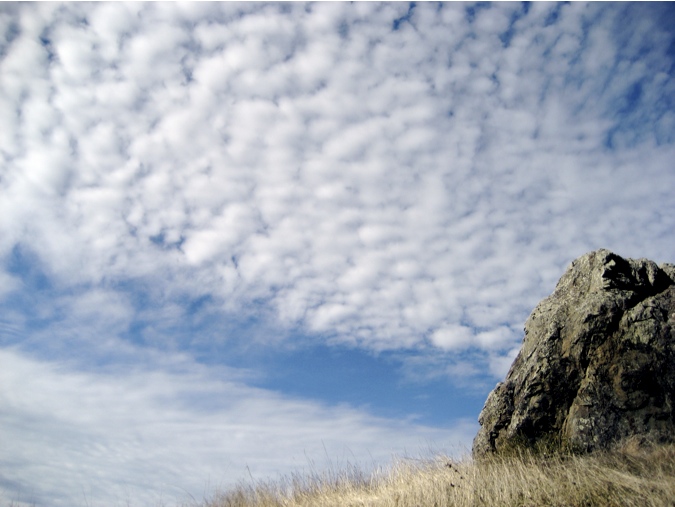 Some of you have told us specifically that you subscribed to support the vision of Windhook. We like this a lot. We don't talk about it much, and perhaps we should, but we are committed to pour every dime from Outside the Lines into the Windhook construction recovery fund. Outside the Lines may or may not ever have the numbers to raise the funds that will finish our construction. It very well could if enough people catch the spirit of it. But whether we reach those kinds of numbers or not, this journal is a clear fulfillment of the vision of Windhook. We have got our eye firmly fixed on the marshmallow!
Some of you have told us specifically that you subscribed to support the vision of Windhook. We like this a lot. We don't talk about it much, and perhaps we should, but we are committed to pour every dime from Outside the Lines into the Windhook construction recovery fund. Outside the Lines may or may not ever have the numbers to raise the funds that will finish our construction. It very well could if enough people catch the spirit of it. But whether we reach those kinds of numbers or not, this journal is a clear fulfillment of the vision of Windhook. We have got our eye firmly fixed on the marshmallow!
|

 A while back, we were in LA for a visit, and got into a conversation with cousins about the challenges of keeping your focus as a creative. The focal point of this particular conversation was
A while back, we were in LA for a visit, and got into a conversation with cousins about the challenges of keeping your focus as a creative. The focal point of this particular conversation was 


 Some of you have told us specifically that you subscribed to support the vision of Windhook. We like this a lot. We don't talk about it much, and perhaps we should, but we are committed to pour every dime from Outside the Lines into the Windhook construction recovery fund. Outside the Lines may or may not ever have the numbers to raise the funds that will finish our construction. It very well could if enough people catch the spirit of it. But whether we reach those kinds of numbers or not, this journal is a clear fulfillment of the vision of Windhook. We have got our eye firmly fixed on the marshmallow!
Some of you have told us specifically that you subscribed to support the vision of Windhook. We like this a lot. We don't talk about it much, and perhaps we should, but we are committed to pour every dime from Outside the Lines into the Windhook construction recovery fund. Outside the Lines may or may not ever have the numbers to raise the funds that will finish our construction. It very well could if enough people catch the spirit of it. But whether we reach those kinds of numbers or not, this journal is a clear fulfillment of the vision of Windhook. We have got our eye firmly fixed on the marshmallow!

